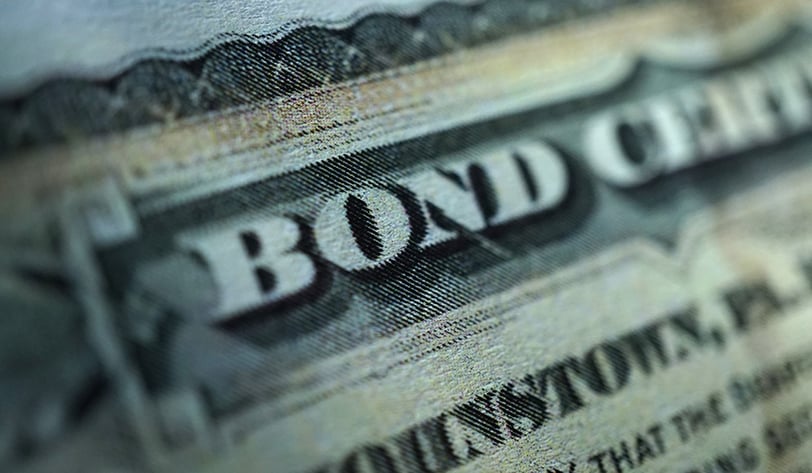
A bond is a popular choice for investors to diversify their portfolios. Here is a brief and simple rundown on what a bond is.
What Is a Bond?
A bond is a “fixed-income instrument that represents a loan made by an investor to a borrower (typically corporate or governmental)” (Investopedia). In other words, it can be generally be thought of as a loan given to a company or government entity; but instead of the loan coming from a financial institution, it comes from investors called “bondholders.” This can include everyday, regular people. The money can be used by the borrower for a number of things, such as financing new projects or covering existing debt.
The borrower must pay back the bondholder’s investment by a certain date (called the maturity date). In the meantime, the borrower will typically pay out interest to the bondholder semi-annually.
How Do Bonds Affect My Portfolio?
There are two main determinations for how much the interest will be: credit quality and duration.
Credit Quality: Bonds have a reputation for being one of the safest ways to invest money. However, there is always some amount of risk attached. This is where credit quality comes in to play. Credit quality is the rating of the entity that is issuing bonds. The lower their rating is, the higher the risk the bond has of defaulting.
Duration: Duration is how the price will be affected by interest rates during the time which the bond is held (read more HERE). Be careful not to confuse duration with “time to maturity,” which is the amount of time it takes for the bond to be paid back to the bondholder in full.
The price of a bond is dependent upon many factors, such as: interest rates, tax status, maturation date, and more.